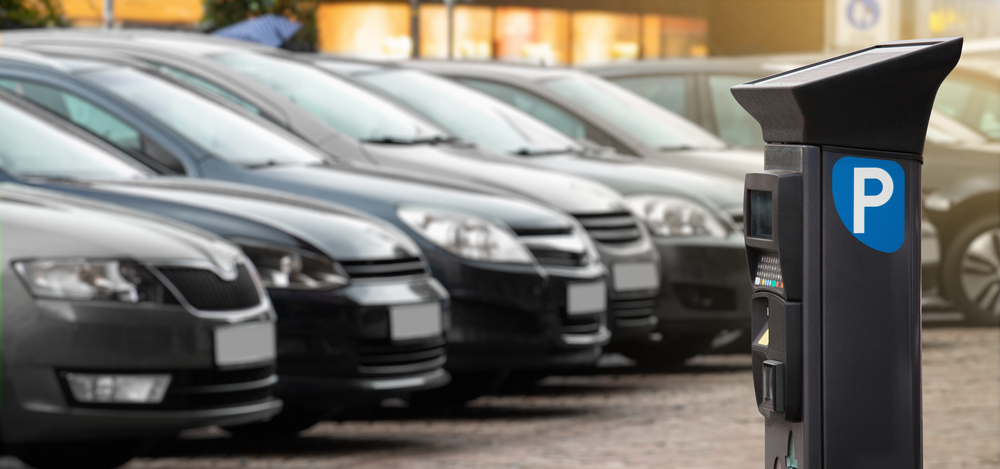Municipalities throughout Europe struggle with paid parking

Credit: Getty Images/iStockphoto
In the past five years, paid parking zones have expanded considerably, according to data from the Mobility Spectrum traffic database.
In western Europe, people are paying more for parking – not only for public parking, but also for parking permits. There are two main reasons for this:
Municipalities have increased parking charges by more than just the rate of inflation, according to Statistics Netherlands (CBS)
Municipalities have introduced paid parking in more neighbourhoods.

Parking charges are a constant battle for municipalities. Municipalities do not usually levy parking fees for fun, argues urban and transport economics researcher Giuliano Mingardo of Erasmus University Rotterdam. “It's a struggle because they can never please everyone. And opponents of paid parking often react purely out of emotion: for many people their car equals freedom.”
There’s no such thing as free parking
According to Mingardo, the argument that municipalities want to swell their coffers with the procedes of paid parking does not hold water: “If parking is free, everyone has to contribute. Because maintaining parking spaces and enforcing parking regulations cost money too. If motorists and car owners don’t pay for parking, the costs have to be paid from other taxes. So, there is no such thing as free parking.”
Relatively speaking, Mingardo says annual charges for parking permits are really not that high. “Just look at land prices in the major cities, such as Amsterdam,” he says. At 630 euros a year for an average five square metres of parking space, permit holders get a good deal compared to the square-metre price of land for housing or commercial use.
Another parking myth Mingardo wants to dispel is that paid parking always reduces car use: “Paid parking aims to regulate traffic. Residents get a parking permit at a relatively low rate. When paid parking is first introduced in an area, initially, fewer visitors park in the new paid parking zone and parking pressure decreases, but this effect diminishes over time. People get used to paying.”
Parking charges also reduce congestion
With increased car ownership, especially following the covid pandemic, municipalities throughout Europe are constantly seeking ways to make cities more liveable. Besides parking tariffs, other popular measures include:
Imposing low-emission and vehicle exclusion zones.
Introducing congestion charging.
Creating P+R schemes and differentiated parking tariffs, where parking tariffs are higher closer to the city centre.
Introducing permit-holder only parking.
When municipalities impose parking charges, they also help to reduce traffic congestion, which has a knock-on effect on NOx and PM emissions.
Logical development
All in all, Mingardo sees the expansion of paid parking as a logical development: “Car ownership is increasing. If a certain area becomes too congested, you have to regulate traffic and parking. Municipalities usually start by imposing a maximum parking time, but that is often not enough, so they introduce parking charges. And then these charges go up too. It's the same all over Europe. Parking regulation usually starts in the city centre, and then expands like an oil slick.”
